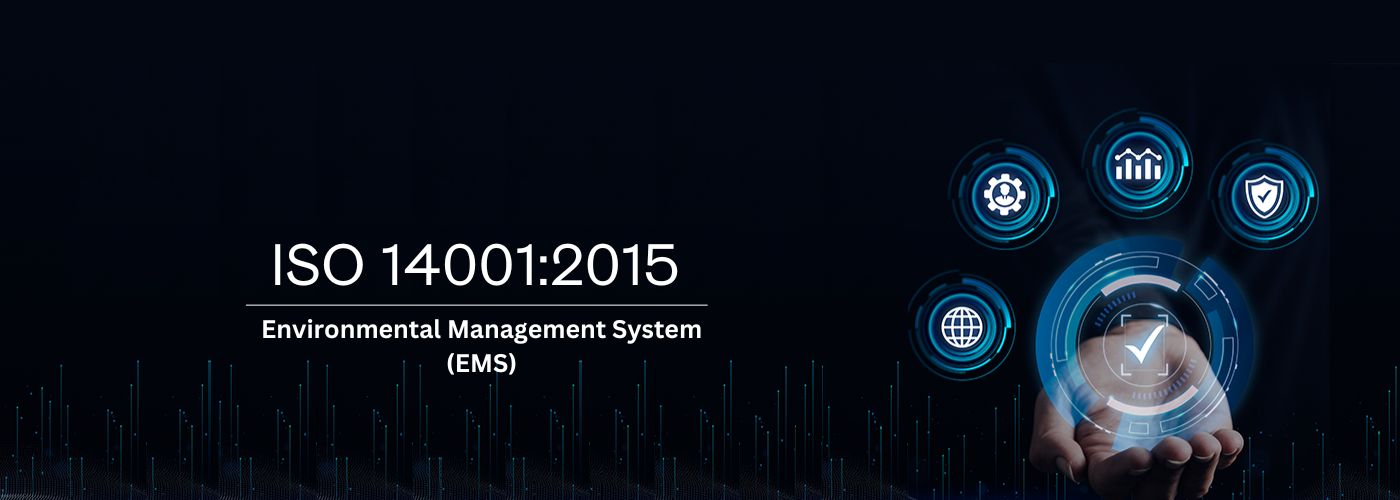Environmental Management System (EMS)
What is ISO 14001:2015?
ISO 14001:2015 is an internationally recognized standard for Environmental Management Systems (EMS), designed to help organizations improve their environmental performance through more efficient use of resources and reduction of waste. It sets out a framework for companies to follow in order to meet environmental laws, regulations, and other requirements, while minimizing their impact on the environment.
Adopting ISO 14001:2015 demonstrates a commitment to environmental responsibility, providing organizations with a competitive edge in today’s eco-conscious market. It is applicable to any organization, regardless of size, type, or sector.
Benefits of ISO 14001:2015 Certification
- Improved Environmental Performance
The ISO 14001 standard helps organizations identify areas for environmental improvement, reduce waste, conserve energy, and lower emissions, leading to a more sustainable operation. - Cost Savings
By optimizing resource usage and reducing waste, businesses can achieve significant cost savings in energy, water, and raw materials. - Regulatory Compliance
With increasing environmental legislation, ISO 14001:2015 helps organizations ensure compliance with local and international environmental laws, avoiding costly fines and penalties. - Risk Management
The standard promotes the identification and mitigation of environmental risks, providing organizations with the tools to prevent potential environmental hazards and manage their impacts more effectively. - Stakeholder Trust and Brand Reputation
ISO 14001 certification is a recognized mark of environmental stewardship that can enhance an organization’s reputation among customers, investors, and other stakeholders who are increasingly concerned about sustainability. - Continuous Improvement
The framework encourages ongoing evaluation and improvement of environmental practices, leading to sustained positive environmental and operational outcomes.
Key Components of ISO 14001:2015
- Context of the Organization
Understand the internal and external factors affecting your organization’s environmental performance and align your EMS with the company’s broader strategic objectives. - Leadership and Commitment
Strong leadership and management commitment are essential to the success of an EMS. Senior management must actively engage in the EMS to ensure environmental goals are integrated into the organization’s core operations. - Planning
This involves assessing environmental risks and opportunities, setting measurable objectives, and planning actions to meet these goals. It also requires a comprehensive review of legal requirements and stakeholder needs. - Support
Effective implementation requires appropriate resources, training, and awareness for all employees, as well as clear communication channels to foster collaboration and knowledge-sharing. - Operation
The organization must establish processes to manage environmental impacts and risks effectively. This includes operational control, supplier engagement, and resource management. - Evaluation of Performance
Regular monitoring, measurement, and evaluation of the EMS ensure that objectives are being met and that corrective actions are taken when needed. - Improvement
Continual improvement is at the heart of ISO 14001:2015, ensuring that organizations evolve in response to changing environmental conditions, new technologies, and feedback from stakeholders.

